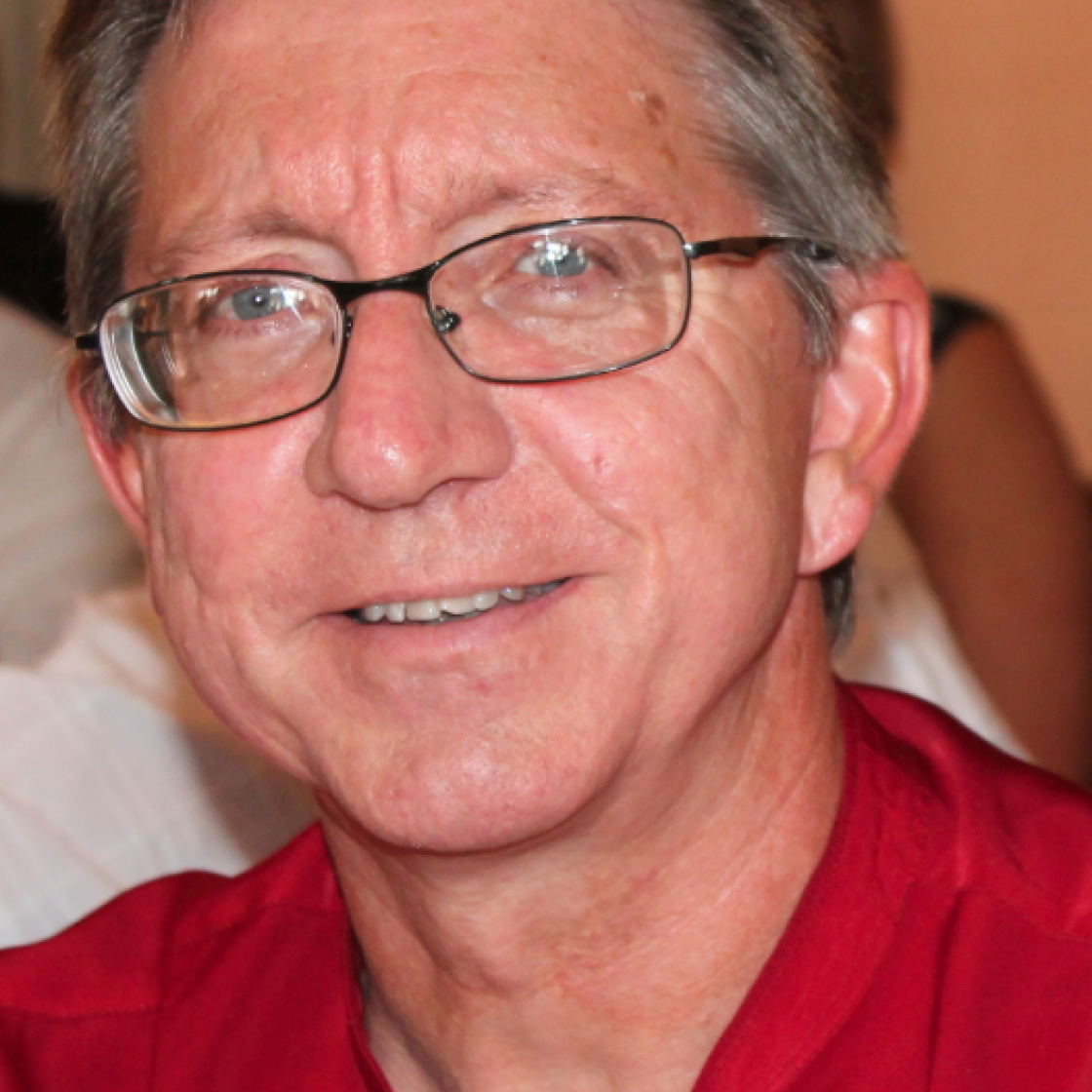My research activity is dealing with the field of Biomineralization and my research interests include more particularly the biologically-controled biomineralization process.
The aim of the research is the understanding of this peculiar process, which allows the elaboration by leaving organisms of biphasic structures, organic and mineralized.
This research is also related to the problem of the origin and evolution of calcified skeletons, which, from the fossils data, seem to appear almost simultaneously in numerous phyla of metazoa at the Proterozoic-Cambrien transition.
Our approach lies on the physical and chimical study, at the macro- and microstructural level, of these calcified mineralizations, in one hand, and on the characterization by biochemistry and molecular biology of the molecular components (notably proteins and sugars) of the organic matrices, on the other hand. The comparative analysis of the structural and molecular features (sequences, structure-function relations) of the studied mineralizations could lead to the formulation of hypotheses on the origin and evolution of calcifying systems. Have they a unique genetic origin? Have they emerged independently in each phylum? Do they result from the recruitement of pre-existing molecules (exaptation process)? Do the present calcifying systems arise from a convergent evolution? …
A third approach consists in assessing the impact that environmental changes of anthropic origin could have on these calcifying processes, which need precisely defined conditions of pH, temperature and ionic concentrations to occur for each type of biomineral. Could the pollution, the global warming and the ocean acidification be responsible for the impoverishment of the biodiversity by affecting physiological processes such as reproduction, development and concomitantly mineralization for the studied species?
The studied models are metazoan belonging to different phyla of chordates (teleost fishes) and non chordates (Cnidaria, Pancrustacea, Mollusca).
The studied biominerals, mainly composed of calcium carbonate present under a crystalline or amorphous polymorph, are also very diversified :
- the exoskeleton and calcium storage deposits (composed of calcite and/or amorphous calcium carbonate and, in a lesser extent of amorphous calcium phosphate) synthesized by pancrustaceans (more particularly Malacostraca and Cirripedia). Another interest of the biominerals observed in this phylum lies on their transitory synthesis and resorption (during molting cycles)
- the cuttlebone of cephalopod molluscs (more specially from Sepia officinalis), a complex chambered aragonite structure called phragmocone, which functions both as a skeleton and a rigid buoyancy tank.
- the spicules of gorgonians (more specially the Carribean sea fan coral, Gorgonia ventalina), aragonite structures stiffening the organism developed as sessil colonial polyps
- the otoliths developped by teleosts fishes (for example the Carribean invasive lionfish, Pterois volitans), mainly composed of aragonite, the function of which is equilibration and spatial recognition.
Teaching in the Master « Evolution, Natural Heritage and Societies » of the MNHN.
Teaching in the course unit: Biomineralization (Master MNHN-UPMC, Specialities : Systématique, Evolution, Paléontologie (MNHN-UPMC), Unité et Diversité du Vivant (MNHN), Géosciences, Géomatériaux (UMPC), Ecologie, Biodiversité, Evolution (UPMC).
Supervision of students’ research work during their higher education (Master degrees 1 and 2; Master EPNS of the MNHN).
Involvement in species collections of the phylum Pancrustacea (Marine Invertebrates ; work in collaboration with Laure Corbari and Paula Martin-Lefèvre).
Introduction-registration in the collections, preservation and care, labelling and computerization of ethanol-conserved specimens.
Restoration-conditioning of collections of old dry-conserved specimens. Computerization of these dry specimens (databases INVMAR of the MNHN and e-ReColNat).
Expert international pour l’ISF (Israel Science Foundation) - Thématiques d’expertise : Calcification, Reproduction and Development in Crustaceans
Reviewer for scientific journals (Acta Biomaterialia, Biomacromolecules, Comparative Biochemistry and Physiology, European Journal of Histochemistry, FEBS Journal, Journal of Experimental Biology, Journal of Structural Biology, Micron, Microscopy and Microanalysis, PlosOne, Zookeys…)
Member of The French Society of Biology of Mineralized Tissues (SFBTM)
Member of The European Calcium Society (ECS)
Member of The Crustacean Society


